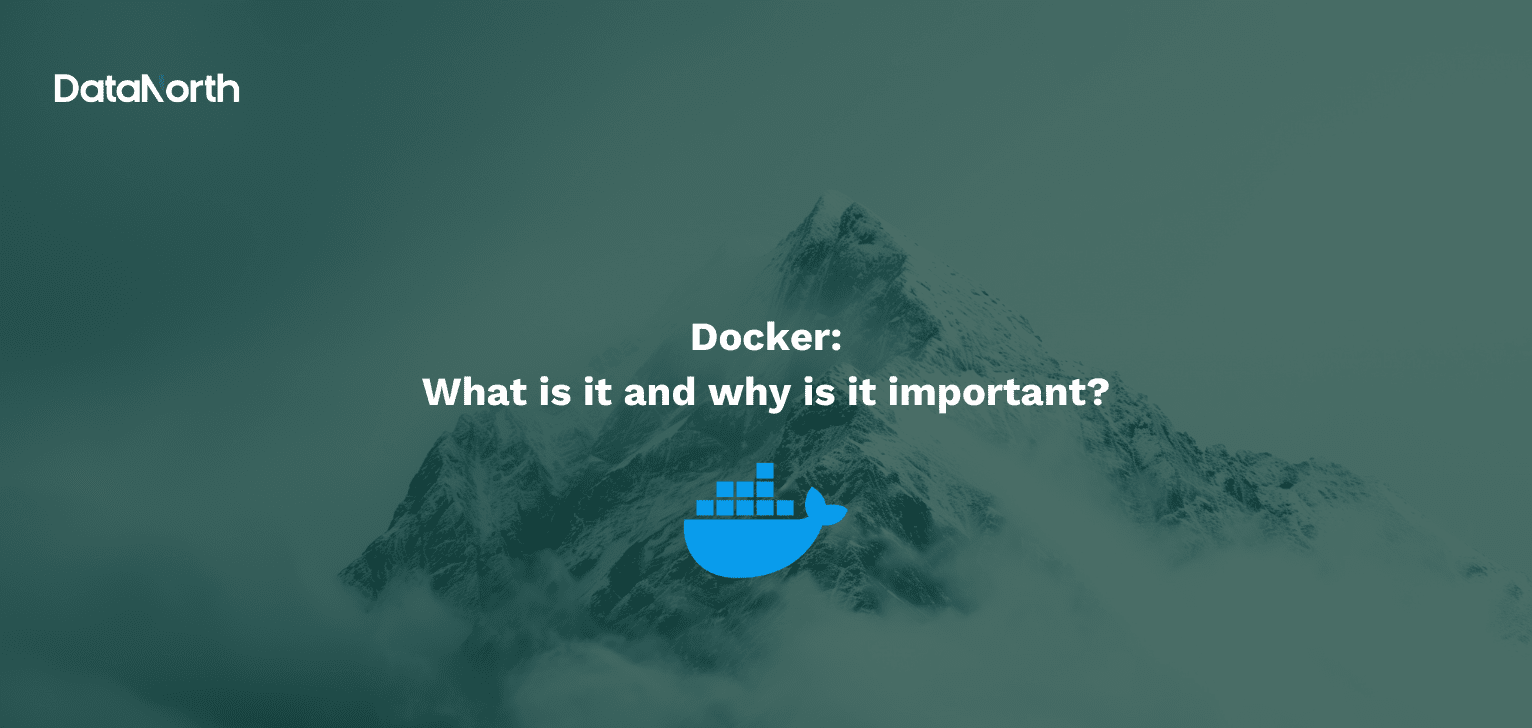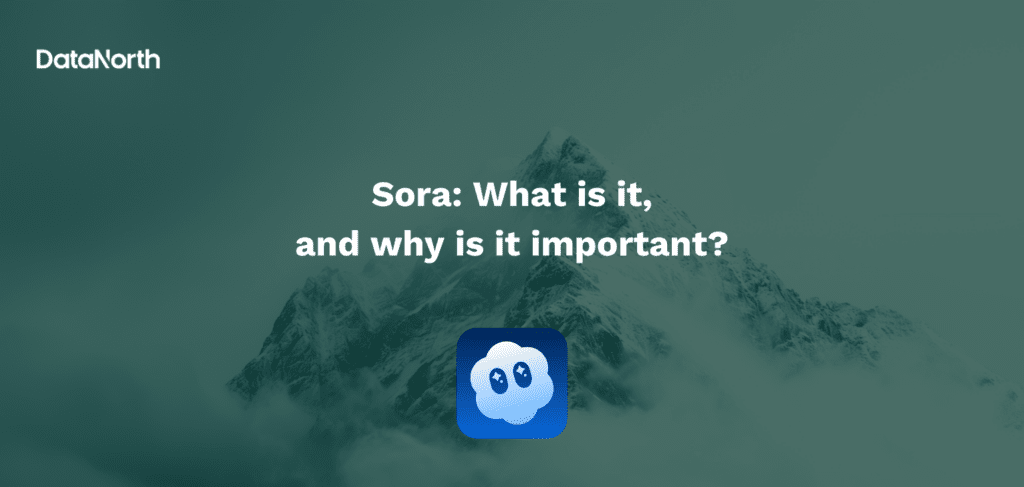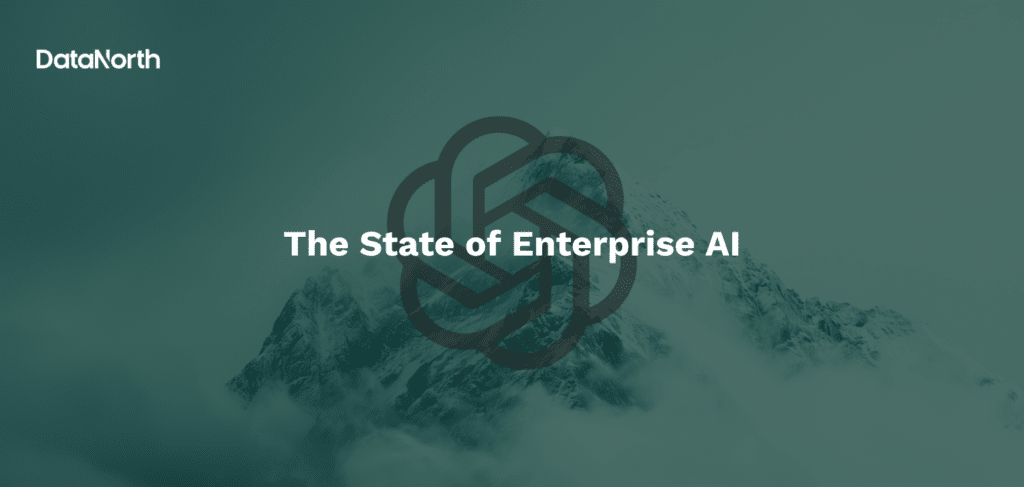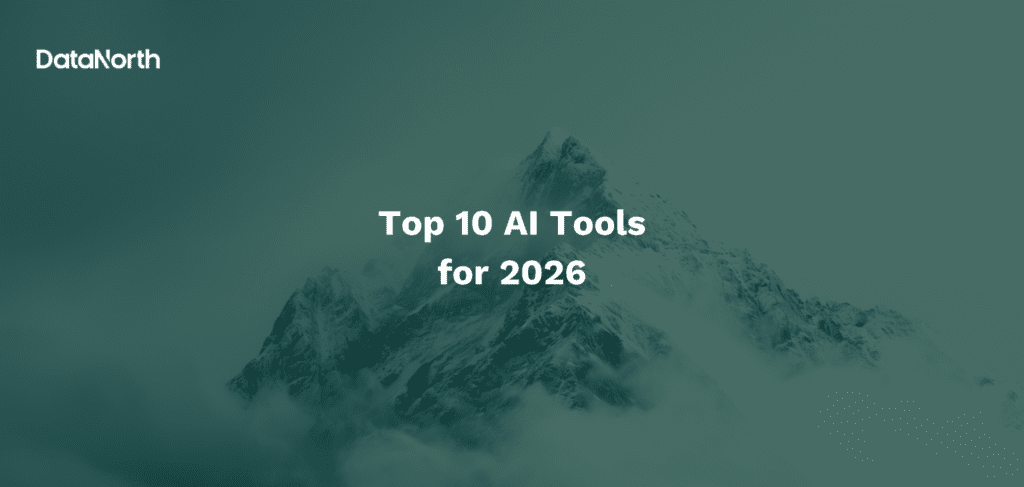Docker has changed the way we develop, deploy, and run applications by making containerization accessible and efficient. This open-source platform enables developers to package applications with their dependencies into lightweight, portable containers that run consistently across different environments. By doing so, improving reliability and reducing environment drift across the software lifecycle. In this article we will dive deeper into Docker, what it is, what you can use it for and how to use it.
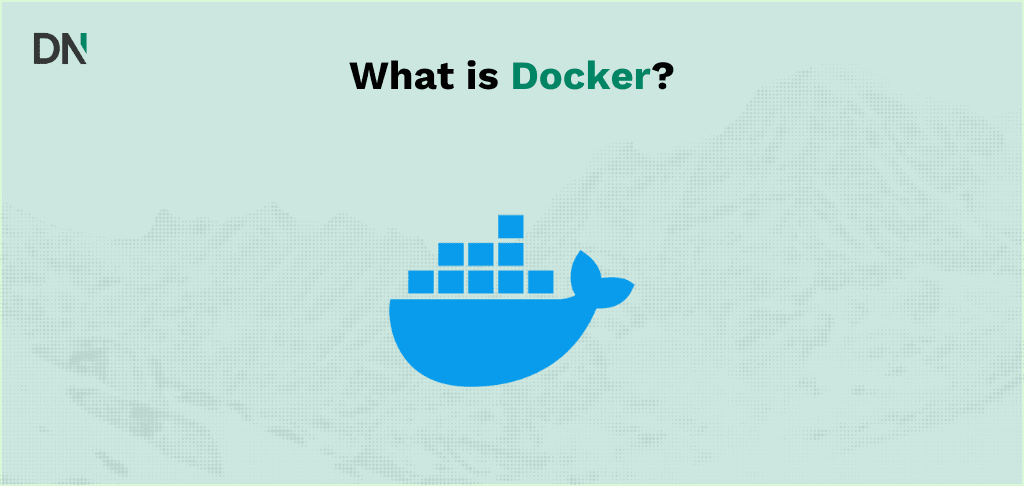
What is Docker?
Docker is an open platform for developing, shipping, and running applications that enables you to separate your applications from your infrastructure. At its core, Docker provides containerization technology that packages software into standardized units called containers, which include everything needed to run an application: code, libraries, system tools, and runtime.
Unlike traditional virtual machines that require a complete operating system for each instance, Docker containers share the host operating system’s kernel while maintaining isolation between applications. This fundamental difference makes containers significantly more lightweight and efficient than virtual machines.
What can you use Docker for?
Docker serves multiple purposes across the software development lifecycle:
Application deployment and scaling
Docker’s container-based platform allows for highly portable workloads that can run on a developer’s local laptop, physical or virtual machines in data centers, or cloud providers. This portability makes it easy to dynamically manage workloads, scaling applications up or down as business needs dictate.
Development environment standardization
Docker eliminates the “it works on my machine” problem by ensuring consistent environments across development teams. Since Docker documents instructions for creating environments through Dockerfiles, you can minimize inconsistencies between different environments and ensure every team member works in the same setup.
Continuous integration and delivery
Docker streamlines the development lifecycle by allowing developers to work in standardized environments using local containers. The same container used in development can be tested and deployed to production, ensuring consistency throughout the CI/CD pipeline.
Microservices architecture
Docker’s lightweight nature makes it perfect for microservices architectures, where applications are decomposed into smaller, independently deployable services. Each microservice can run in its own container, making it easier to manage, scale, and update individual components.
How to get started with Docker
Getting started with Docker involves a few straightforward steps:
Installation
Docker is available as Docker Desktop for Windows and macOS, and Docker Engine packages for Linux distributions, with modern guidance emphasizing Docker Compose v2 integrated into the CLI as docker compose. Docker Desktop on Windows uses the WSL 2 backend for performance and integration while ensuring Windows and WSL meet the documented version requirements before installing.
How to install Docker?
- Windows and macOS: Install Docker Desktop, which includes Docker Engine, Buildx, and Compose v2 via the integrated plugin, then verify with docker –version in a terminal.
- Linux (Ubuntu/Debian): Install Docker Engine from Docker’s apt repository; current packages include docker-ce, docker-ce-cli, containerd.io, docker-buildx-plugin, and docker-compose-plugin, replacing the legacy docker-compose binary.
Example Ubuntu steps (use a terminal with sudo privileges)
# Prerequisites
sudo apt-get update
sudo apt-get install -y ca-certificates curl
# Keyring and repository
sudo install -m 0755 -d /etc/apt/keyrings
sudo curl -fsSL https://download.docker.com/linux/ubuntu/gpg -o /etc/apt/keyrings/docker.asc
sudo chmod a+r /etc/apt/keyrings/docker.asc
echo \
"deb [arch=$(dpkg --print-architecture) signed-by=/etc/apt/keyrings/docker.asc] https://download.docker.com/linux/ubuntu \
$(. /etc/os-release && echo "${UBUNTU_CODENAME:-$VERSION_CODENAME}") stable" | \
sudo tee /etc/apt/sources.list.d/docker.list > /dev/null
# Install Engine, Buildx, Compose v2 plugin
sudo apt-get update
sudo apt-get install -y docker-ce docker-ce-cli containerd.io docker-buildx-plugin docker-compose-pluginYour first Docker container
Run a quick validation after installation; on Linux, prepend sudo unless the user has been added to the docker group
sudo docker run hello-world
Understanding Dockerfiles
A Dockerfile is a text-based document that contains instructions for building a container image. It defines the base image, dependencies, files to copy, and commands to run.
A Dockerfile is a text file with instructions for building an image, defining the base image, copying files, installing dependencies, and setting the command to run. This ensures that builds are reproducible and automated. Use a supported runtime base image to reduce security risk and ensure updates, for example a current Node.js LTS rather than an end-of-life version.
Example Dockerfile for a Node.js app using a maintained LTS base :
FROM node:lts
WORKDIR /app
COPY package.json package-lock.json ./
RUN npm ci --only=production
COPY . .
EXPOSE 3000
CMD ["node", "server.js"]Building and running containers
Build an image from the Dockerfile and run a container, mapping a host port to a container port for access.
docker build -t my-app .
docker run -p 3000:3000 my-appThe first command builds an image tagged as “my-app” from the current directory’s Dockerfile. The second command runs a container from that image, mapping port 3000 from the container to port 3000 on your host system.
Using Docker Compose v2
Compose v2 is integrated into the Docker CLI as docker compose and ships as the docker-compose-plugin with current Linux packages and Docker Desktop, superseding the legacy docker-compose Python binary. Use a compose.yaml to define multi-container applications and manage them with commands such as docker compose up, docker compose down, and docker compose logs.
Using Docker Hub
Docker Hub is Docker’s official container registry service for discovering, storing, and sharing images, including Docker Official Images and Verified Publisher content, along with features like private repositories and usage limits documented in the official guides. Pull images like nginx for local use, and tag plus push custom images to personal or organizational repositories using standard Docker CLI commands described in the Hub documentation and quickstart.
Potential risks and downsides
While Docker offers numerous benefits, it’s important to understand its limitations and potential drawbacks:
Learning curve and complexity
Docker has a steep learning curve, especially for complex configurations and orchestration. The frequent updates and OS-specific nuances make mastering Docker challenging, and even experienced users must consider orchestration tools like Kubernetes, adding another layer of complexity.
Persistent data storage challenges
By design, all data inside a container disappears when the container shuts down unless saved elsewhere first. While Docker provides solutions like volumes and bind mounts, managing persistent data storage remains more complex than traditional applications.
Limited GUI support
Docker was originally designed for server applications that don’t require graphical interfaces. While there are workarounds like X11 video forwarding for running GUI applications, these solutions are cumbersome.
Docker vs virtual machines
Understanding the differences between Docker containers and virtual machines helps clarify when to use each technology:
| Aspect | Docker Containers | Virtual Machines |
| Architecture | Shares host OS kernel | Each VM has its own OS |
| Resource usage | Lightweight, efficient | Resource-intensive |
| Boot time | Seconds | Tens of seconds |
| Isolation | Process-level isolation | OS-level isolation |
| Security | Shared kernel reduces isolation | Stronger isolation boundary |
| Portability | Highly portable as images | Less portable across hypervisors |
| Use case | Microservices, CI/CD, cloud-native | Different OS requirements |
Virtual machines virtualize an entire machine down to the hardware layers, while containers only virtualize the application layer. This fundamental difference explains why containers are lighter and faster but potentially less secure than VMs.
Future outlook and final thoughts
Docker has fundamentally changed how we think about application deployment and development environments. Despite its challenges, the benefits of containerization have made Docker an essential tool in modern software development. The technology continues evolving, with improvements in security, orchestration, and integration with cloud platforms.
Organizations increasingly adopt container-first approaches to software development, and Docker’s ecosystem continues growing with tools like Kubernetes for orchestration. The trend toward microservices architectures and cloud-native development ensures Docker’s continued relevance.
As containerization becomes the standard for application deployment, understanding Docker is crucial for developers, DevOps engineers, and organizations looking to modernize their infrastructure. While the learning curve can be steep, the investment in Docker knowledge pays dividends in improved development workflows, consistent deployments, and scalable applications.
Take the next step with DataNorth AI
Ready to leverage Docker and containerization for your AI and software projects? At DataNorth AI, we specialize in implementing modern development practices and cloud-native technologies to help organizations build scalable, secure applications.
Our team can help you:
- Design and implement containerized application architectures
- Set up CI/CD pipelines using Docker for consistent deployments
- Migrate legacy applications to modern containerized environments
- Implement Docker security best practices and vulnerability scanning
Whether you’re building AI applications, developing microservices, or modernizing your infrastructure, our experts can guide you through the containerization journey. Contact DataNorth AI today to discuss how Docker and containerization can transform your development workflow and accelerate your digital transformation initiatives.


